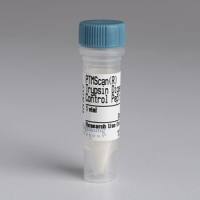Lipids in Viral Fusion
互联网
504
Enveloped animal viruses infect host cells by fusion of viral and target membranes. This crucial fusion event occurs either with the plasma membrane of the host cells or with the endosomal membranes ( 1 ). Fusion is triggered by specific glycoproteins in the virus membrane ( 2 ) and involves a range of steps before the final merging of membranes occurs. These steps include molecular processes, such as envelope protein conformational changes; aggregation of envelope protein; lipid-envelope protein interactions; and fusion pore formation and pore widening ( see Fig. 1 ) ( 3 , 4 ). The reader is referred to a number of reviews on viral glycoprotein-mediated membrane fusion ( 5 – 9 ).
Fig. 1. A cartoon depicting various fusion intermediates following structural changes in viral proteins. This cartoon taken from Blumenthal et al. ( 3 ) shows fusion intermediates after virus binds to the target cells.









